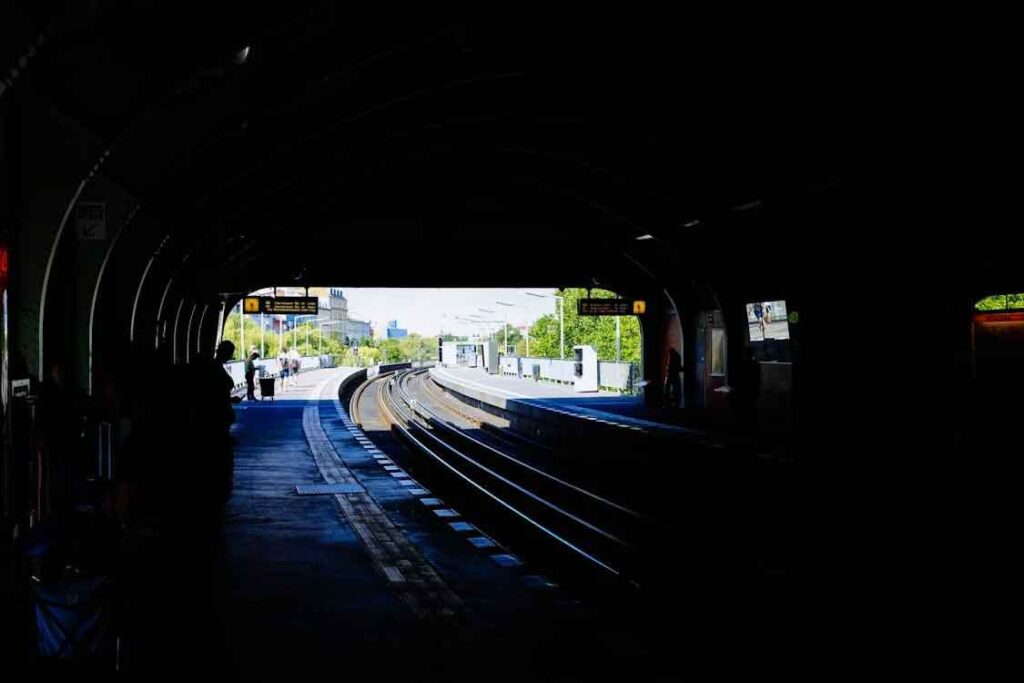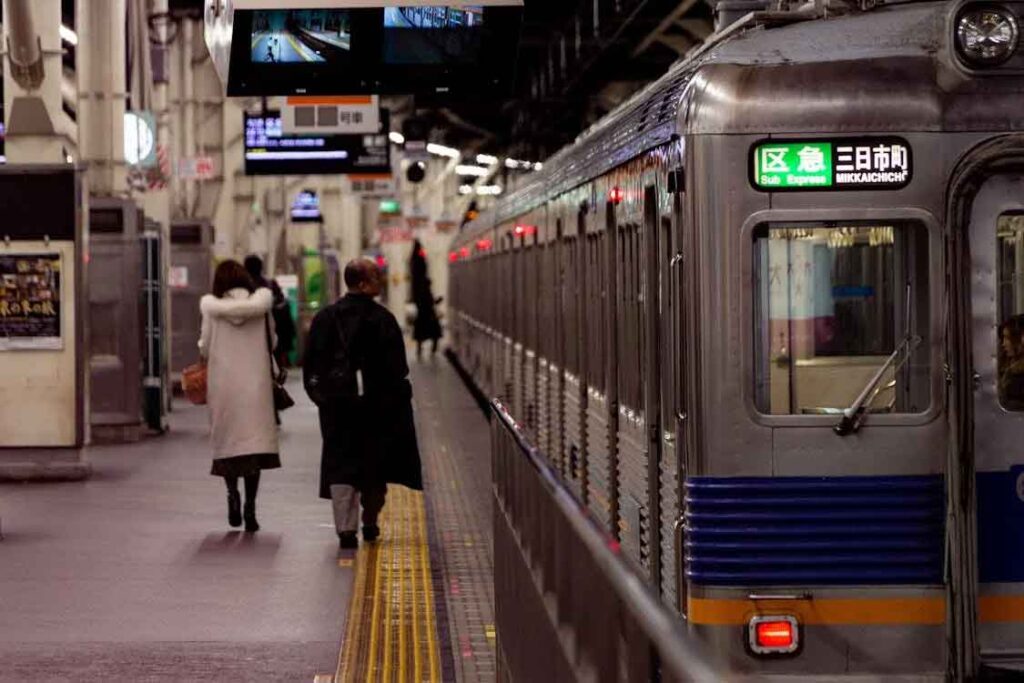Punctuality

Punctuality is ingrained in Japanese culture, and the bullet trains exemplify this commitment to timeliness. With an average delay of less than one minute, the Shinkansen has earned a reputation for unparalleled reliability.
Speed

The Shinkansen’s remarkable speed is a testament to Japan’s engineering prowess. Since the debut of the first bullet train, the Tokaido Shinkansen, in 1964, engineers have continuously pushed the boundaries of train technology.
Origins and Evolution

The genesis of Japan’s bullet trains traces back to the post-war era when the country was striving to rebuild its infrastructure and economy. Conceived as a solution to modernize transportation and stimulate economic growth, the first Shinkansen line, the Tokaido Shinkansen, was inaugurated in 1964, just in time for the Tokyo Olympics.
Engineering Marvels

At the heart of the bullet train’s success lies its cutting-edge engineering and technological innovation. Designed with aerodynamic precision and powered by electric propulsion, these sleek trains glide effortlessly along dedicated tracks, minimizing friction and maximizing speed.
Efficiency and Environmental Sustainability

In addition to its speed and safety, the bullet train is celebrated for its efficiency and environmental sustainability. By offering frequent departures and reliable service, the Shinkansen enables commuters to travel swiftly between cities, reducing congestion on roads and highways.
Cultural and Economic Impact

Beyond its technical achievements, the bullet train has had a profound cultural and economic impact on Japan and the world at large. By facilitating rapid mobility and fostering connectivity between regions, the Shinkansen has spurred economic development and urbanization along its corridors, catalyzing growth in both metropolitan centers and rural communities.
Future Prospects

Looking ahead, the future of Japan’s bullet trains appears brighter than ever, with ambitious plans for expansion and technological innovation on the horizon. The introduction of next-generation Shinkansen models, such as the maglev trains capable of even greater speeds, promises to revolutionize rail travel once again, further enhancing connectivity and reducing travel times between major cities.